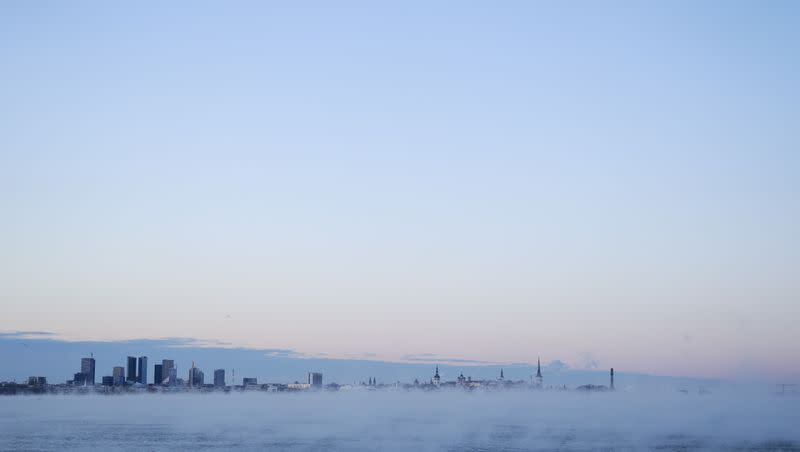Students in Germany found a 10,000-year-old wall in the Baltic Sea

In 2021 in the Baltic Sea, off the coast of Germany, students with the Leibniz Institute for Baltic Sea Research Warnemünde found a rock structure that resembled a wall, per Business Insider.
Researchers have now released a study that explains the significance of their findings and what the wall could have been used for.
Rock wall found 21 meters underwater
According to The Guardian, the rock wall was found by accident when students and scientists were using a multibeam sonar system. The wall is almost a kilometer long and made up of about 300 boulders and over 1,000 smaller rocks.
When assessing the discovery, researchers found it odd that the boulders and rocks were aligned so perfectly. They came to believe it was a human-made structure rather than something made by nature, per CNN.
According to The Guardian, another reason researchers believed the structure was human-made was the boulders themselves.
“Based on the size and shape of the 971 metre-long wall, (researchers) consider it unlikely that it formed through natural processes, such as a huge tsunami moving the stones into place, or the stones being left behind by a moving glacier,” per The Guardian.
Now, researchers have announced that the unnatural structure, which is referred to as the Blinkerwall, was most likely built during the last Ice Age, since it was found 21 meters underwater, according to Business Insider.
A highway for reindeer?
To confirm their assumption that the wall was built before the end of the last Ice Age, researchers collected sediment and created a virtual version of the wall to study how it would have looked over 10,000 years ago when the Baltic Sea was smaller, per CNN.
Some suspect that a similar second wall could be buried under the sea sediment, per The Guardian. Researchers say hunter-gatherers most likely would have used this wall as a barrier for when they were hunting reindeer, according to CNN.
“At this time, the entire population across northern Europe was likely below 5,000 people. One of their main food sources were herds of reindeer, which migrated seasonally through the sparsely vegetated post-glacial landscape,” said study co-author Marcel Bradtmöller, research assistant in prehistory and early history at the University of Rostock in Germany, in a statement, per CNN. “The wall was probably used to guide the reindeer into a bottleneck between the adjacent lakeshore and the wall, or even into the lake, where the Stone Age hunters could kill them more easily with their weapons.”
If the wall really originated before the end of the last Ice Age, it would be one of the oldest known structures in Europe, according to The Guardian.
Researchers and scientists want to revisit the wall to look for artifacts such as animal bones or hunting tools left behind by the hunter-gatherers to further confirm their assumptions.

